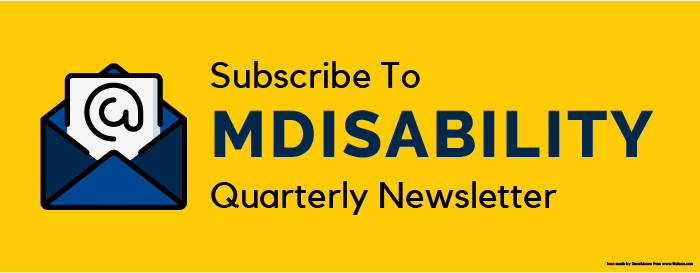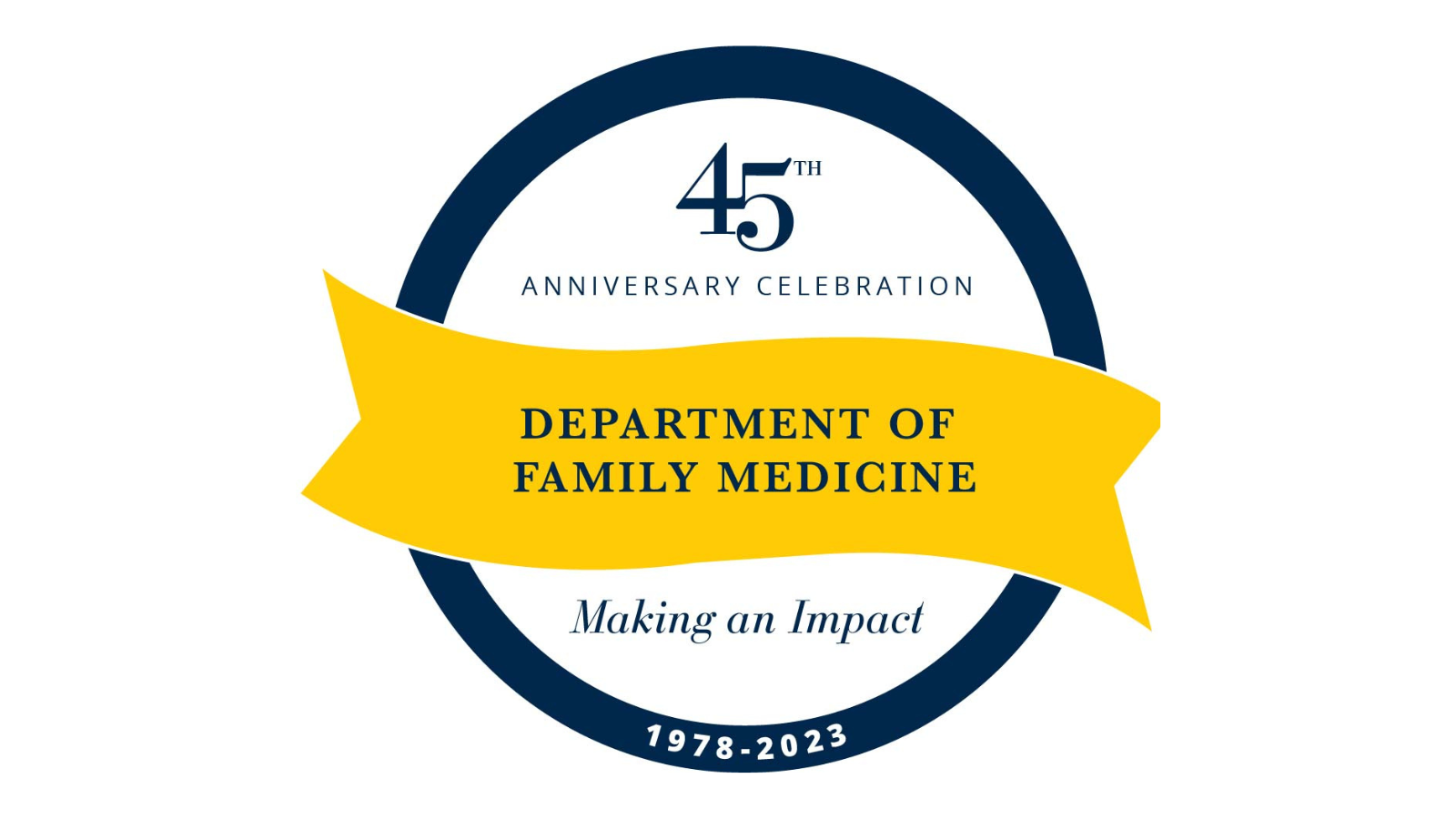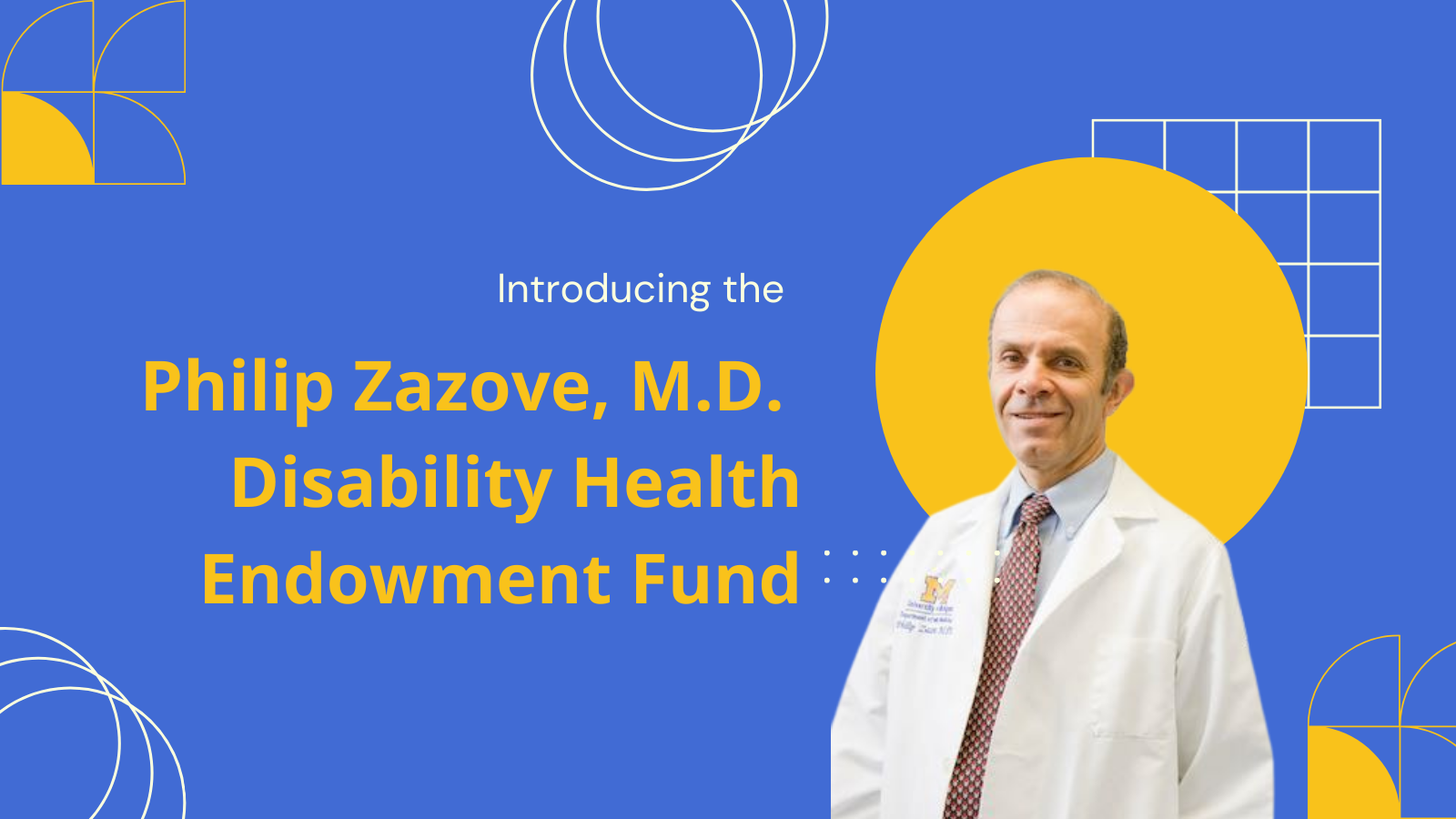In its mission to educate future doctors on how to care for those with disabilities, MDisability, in collaboration with Medical Students for Disability Health & Advocacy (MSDHA) at U-M, introduced the inaugural American Sign Language course to first-year medical students at the University of Michigan Medical School (UMMS) in the fall of 2021.
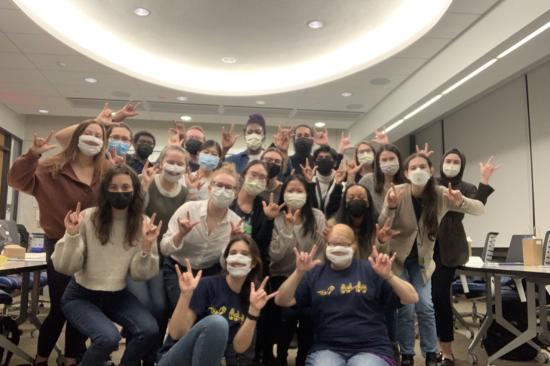
Course Features
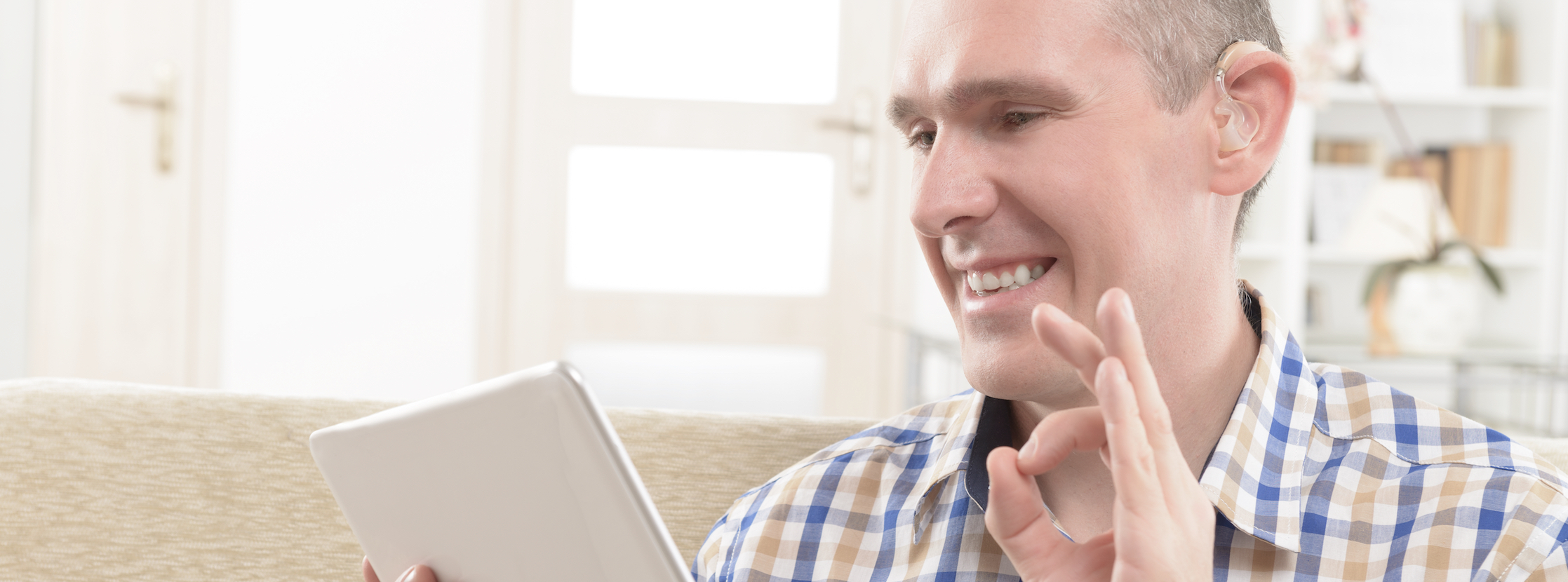
Students will learn receive an introduction to American Sign Language (ASL) and its use in the in the medical setting. Students will learn hundreds of ASL ‘signs’ – from the alphabet to common words and clinical terms.
The course also includes an introduction to Deaf culture and the experiences of individuals who are Deaf or hard of hearing in the medical setting.
Students get the opportunity to learn about the inequities that Deaf and hard of hearing people face in medical encounters. The course includes a panel of deaf individuals who share their own experiences.
And, students will learn from Michigan Medicine Medical ASL Interpreters about their experience interacting with patients at Michigan Medicine’s healthcare facilities.
It is a 10 week course that meets twice weekly. For the time being, one meeting per week is in-person and one is held virtually.
The course number is FAM MED 5970.
Instructor

Professor Julia Shields serves as course instructor.
Shields, who is Deaf, has been teaching ASL since 2013 in states ranging from Massachusetts and Delaware to Michigan.
ASL medical interpreters Christa Moran and Leslie Pertz also participate in the course.
Student Testimonials
First-year medical student Gabriella Auchus, who was instrumental in getting the second ASL course going, said she had received an introduction to speech and hearing sciences through undergrad classes and to deaf and hard of hearing communities by volunteering at a summer camp for people with disabilities. However, she had limited familiarity with ASL.
“These experiences made me very interested in learning ASL, but I never had the opportunity to do so until I found this course at UMMS,” she said. “ASL is such a beautiful language, and Professor Shields is an incredibly patient and engaging teacher, which made it so much fun to learn in this course.”
Auchus added that what was most impactful to her was discovering how patients who use sign language face different obstacles to participating in and understanding their healthcare versus their spoken language peers.
“These patients deserve someone on their team advocating for them,” Auchus said. “The American healthcare system is not set up well for patients with disabilities, so I think it is essential for physicians to be mindful of patients who might need additional resources to experience the same high quality of healthcare, and provide that support."
Fellow first-year medical student Sarah Hughes said she took the course to develop skills to appropriately care for individuals who are deaf or hard of hearing.
“Prior to this class, I understood that D/deaf and hard-of-hearing patients faced significant barriers in healthcare,” she said. “Still, I was hoping to further understand the nuances and subtleties of this phenomenon through taking this class. Hearing the stories shared by the Deaf patient panel showed me the value of learning ASL to ease clinical encounters. Panelists shared their most challenging health care encounters and most vulnerable experiences that both touched me and frustrated me. These experiences shed light on how different their encounters would have gone without a language barrier.”
Questions?
For information about future ASL courses in UMMS, please contact Gabriella Auchus at [email protected] or Evelyn Matei at [email protected].
Learn more about Medical Students for Disability Health & Advocacy and the foundations of this ASL Course.

